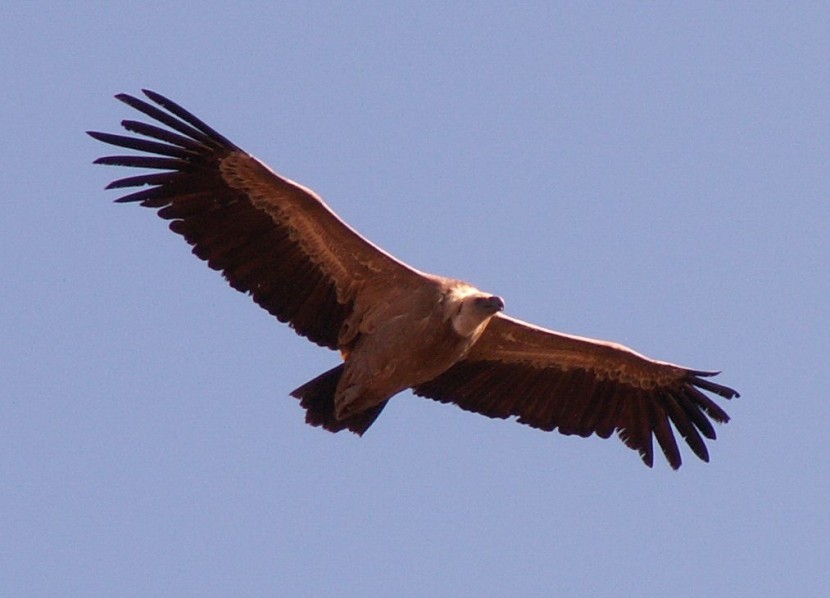
An ancient vulture had the wrong classification when it was discovered in Australia more than a century ago. The fossil found in South Australia is actually a powerful grave eagle (Taphaetus lacertosus), taxonomic research has verified the identity of the fossil as the only one of the species in the country.
Scientists Revealed True Classification of Bird
Fossil remains of the Cryptogyps lacertosus or power hidden vulture that would be alive; as far back as 500 to 50,000 years ago. Considered an old-world vulture with species living today except not in Australia, reported Science Alert.
The reclassification demonstrates how varied the megafauna and other species were in this planet region during the Pleistocene epoch, which lasted from approximately 2.5 million years ago to 11,700 years ago.
Paleontologist Ellen Mather of Flinders University in Australia says that after analyzing the fossilized bird with other raptors from around the world and discovered in Australia, it was instantly evident that this bird was not specialized for hunting and was thus not a hawk or an eagle, noted EurekAlert.
The lower leg bone looked too weak for strong muscles to allow attacking prey or killing. Cryptogyps was in the evolutionary tree that it was a vulture, not a raptor; scientists were excited to correct.
Ancient Fossil Discovered
This saga of the ancient vulture begins in 1901 when a fragment of the fossil, this part of the wing, was discovered close to the Kalamurina Homestead on the Warburton River in South Australia.
It was later determined to be a long-gone relative of the wedge-tailed eagle, citing the Goulburn Post.
Read Also: DeepSqueak AI Revolutionizes the Study of Marine Animals Calls in the World's Oceans of Sounds
In recent years, scientists have begun challenging the classification of the fossil known as the hidden vulture. It was postulated that this fossil might represent one of the Old-World vultures that could have lived in Australia during the Pleistocene.
The finding of additional fossils from the Wellington Caves in New South Wales and Leaena's Breath Cave in Western Australia's Nullabor Plains aided the researchers in proving their hypothesis that it was a vulture.
These vultures would have flown with wedge-tailed eagles and looked down on some huge beasts, like the extinct marsupial herbivore Diprotodon and marsupial lion Thylacoleo.
According to Trevor Worthy of Flinders University, the discovery addresses the puzzle of what happened to so many megafaunal carcasses when the continent lacked vultures. It is proof they existed though not obvious.
It gave an idea of the variety of predator birds at that time in Australia; it was more than it is now. Vultures have a crucial role in accelerating corpse deterioration and reducing disease spread, yet there are no longer any in Australia.
The researchers believe that the vultures' demise would have altered the natural balance, as other scavengers began to play the same role, but not in the same way.
If the hidden vulture behaved like its modern relatives, it would have been usual for many of the birds to feast on the same cadaver. This would have provided it a competitive edge over another animal.
Mather remarked that a wedge-tailed eagle would be picking at a kangaroo carcass on the roadside, but in ancient times that would be a vulture in Africa not living under anymore.
This ancient vulture was discovered in Australia, but due to wrong taxonomy, it was thought to be something but corrected to be Cryptogyps lacertosus, a hidden vulture.
Related Article: Humans, Octopus Share Similar 'Jumping Genes' That Affect Evolution, Study Discovers
© 2025 HNGN, All rights reserved. Do not reproduce without permission.








